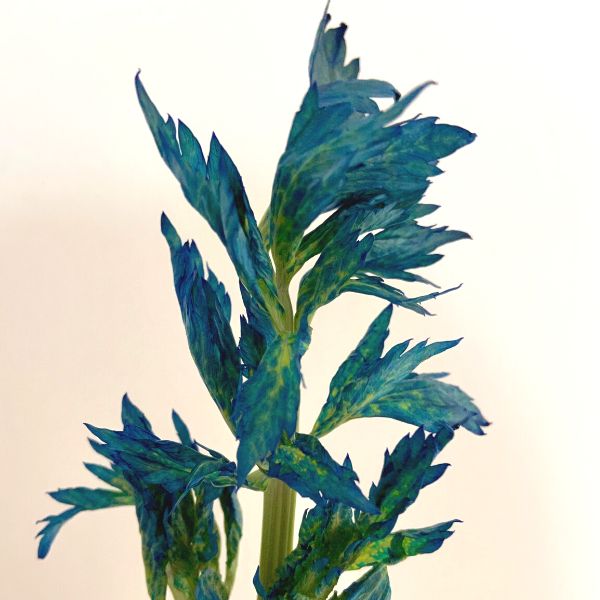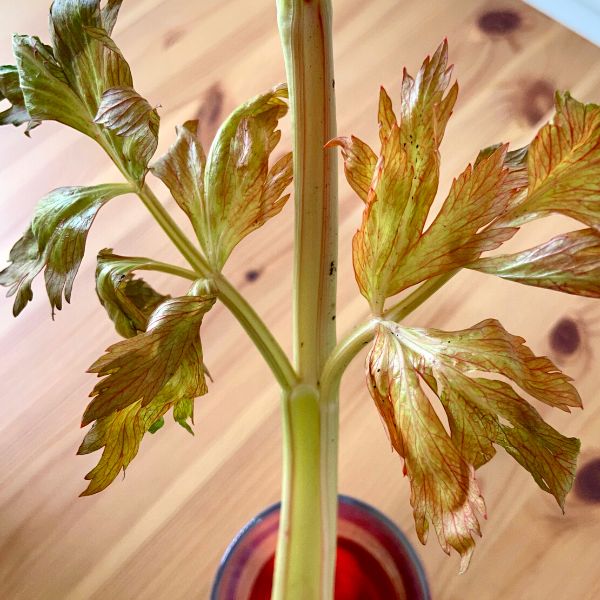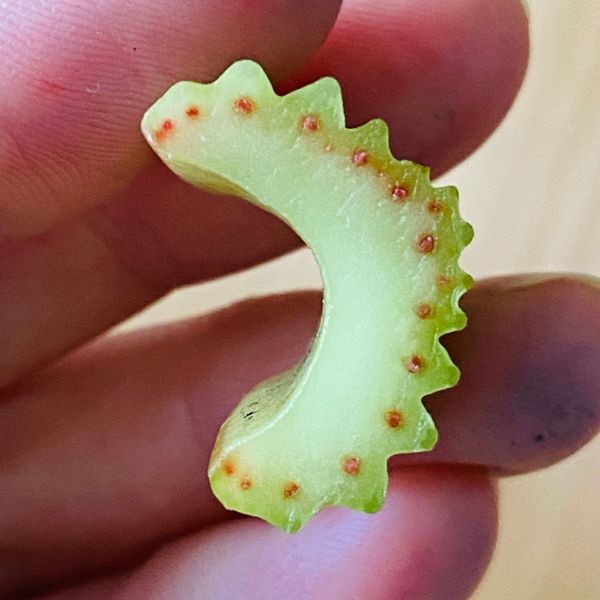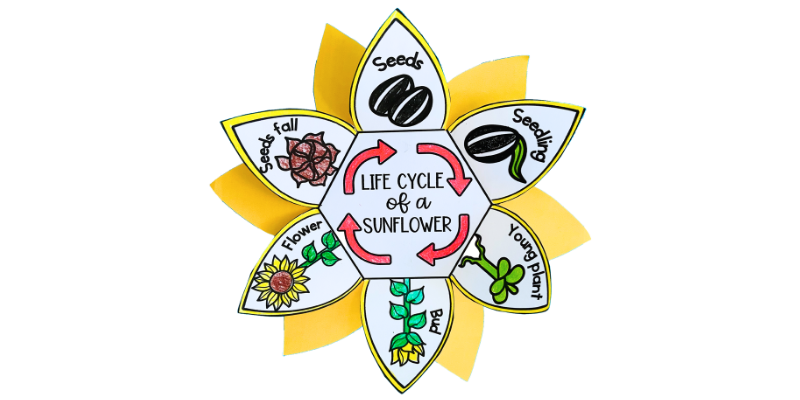If you’ve taught plant biology at elementary or KS2, chances are you’ve tried a water transport experiment. One method for this is to use white flowers like chrysanthemums or carnations. However, celery is also a popular choice as it’s cheap and easy to find. I tried the water transport with celery experiment and here’s what I discovered!
Choose your celery carefully
In my experience, this investigation gives the most noticeable results for children to observe when the celery is leafy. Leafy celery can be tricky to find as often the stalks have been trimmed to remove the leaves. Sometimes the leaves are hidden inside a bunch so look closely before purchasing.
Setting up the experiment
There are so many options for making the colored water for this investigation. I know lots of people have success with food coloring but on this occasion, I tried both fountain pen ink cartridges, and the crushed insides of felt tip pens.
For the ink, I cut 2 cartridges and added both to a couple of inches of water. For the pens, I broke open washable felt tips, took the stick out of the middle and added it to water. I popped a stem of celery in each glass and waited…
What happened?
The leafy celery in blue fountain pen ink was the quickest change. The leaves were starting to go blue in less than an hour! Interestingly, the celery in purple cartridge pen ink showed a more subtle change.
After a day, the blue celery leave had an even more intense color. Celery without leaves showed a hint of color running up the stem but the results were less dramatic than the leafy stalks.


For the non-leafy stems, it can be interesting to remove them from the water, and cut them into sections to observe the xylem (tubes that carry water). The color from the water will make them obvious and children could count how many they can see.

The science
Water is transported in plants by tubes called xylem. These run down the stalk or stem of a plant from roots to leaves. So, how does the water move up? As water leaves the leaves via transpiration, it draws more water up in a chain of molecules, through the xylem.
Tips
Use leafy celery
Cut the bottom ends of the celery before you place them in water.
Darker colors give the most dramatic results but use a range – it can make an interesting discussion point.
If you use fountain pen ink, wear protection on clothes and hands to avoid stains!
Want to join my email list?
Grab this free sunflower life cycle template and get a weekly dose of science inspiration in your inbox. Just fill out your name and email below to join!


